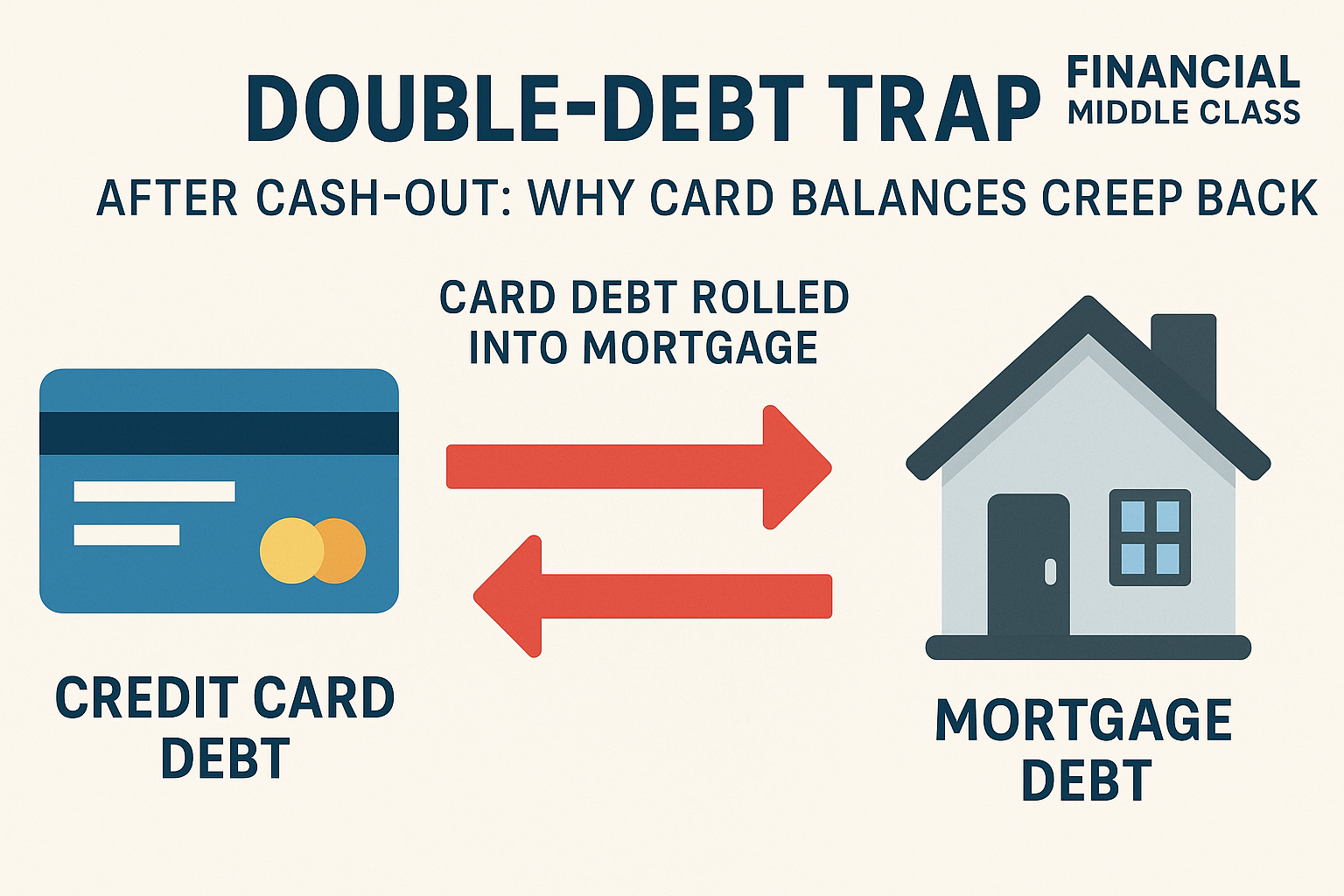Bottom line: The deceased person’s accounts don’t just vanish—they’re typically settled by the estate. Reports will eventually reflect a “deceased” indicator, and you’ll coordinate closures with lenders. Survivors aren’t automatically liable.
What Changes on the Credit File
- Deceased indicator: After the bureau processes notice + proof, the file is flagged as deceased; new credit shouldn’t be opened.
- Tradelines: Lenders may update accounts as closed due to death; joint accounts may remain active in the surviving joint holder’s name.
- Mistaken “deceased” flags: Contact the bureau (e.g., TransUnion lists a direct line) if a living consumer is misreported as deceased.
Who Owes What (High-level)
- Estate first. Debts are paid from estate assets during probate; if there’s not enough, many debts go unpaid.
- You may be liable if: you co-signed, were a joint (not authorized) cardholder, or state law says so.
After-Death Reporting: What to Do, In Order
- Notify bureaus and request reports (read: How to Pull a Credit Report for a Deceased Person).
- Audit accounts for balances, autopays, and suspicious activity (use FTC ID theft steps if needed).
- Close or convert:
- Individual credit cards: close via issuer’s estate unit.
- Authorized user cards: remove the user and close the card if the decedent was the primary.
- Joint accounts: the surviving joint holder typically continues responsibility.
- Document everything: save letters, validation notices, and payoff/closure confirmations (FDCPA requires debt validation).
Sample Script (Debt Collector Calls You)
“Please send a written validation notice with the creditor’s name, amount, and basis of the debt. I am not agreeing to pay. All further communication should be in writing to the Estate of [Name] at [address].
Mini-Checklist
- File the death notice with CRAs; request “Deceased—Do Not Issue Credit.”
- Review and close individual credit lines; remove AUs.
- Keep a ledger of balances due for probate.
- Dispute any identity-theft items via FTC and the CRAs.
Related Reads (Internal Links)
Call to Action
Get the reports, then take control. Close, convert, or dispute—one account at a time—and keep every confirmation letter.







